Stories Category: PICU

Fluid Bolus Over 15-20 Versus 5-10 Minutes Each in the First Hour of Resuscitation in Children With Septic Shock
Children receiving fluid boluses over 5–10 minutes each had a higher risk of intubation than those receiving boluses over 15–20 minutes each. Notwithstanding the lack of difference in risk of mortality and the possibility... read more

Risk Factors for HAI After Pediatric Cardiac Surgery
Mechanical ventilation greater than or equal to 3 days, dopamine use, genetic abnormality, and delayed sternal closure were associated with healthcare-associated infections after pediatric cardiac surgery. Since the use of... read more

RRT in the Critically Ill Child
Although renal replacement therapy (RRT) is widely used in critically ill children, there have been few comprehensive population-based studies of its use. This article describes renal replacement therapy use, and associated... read more
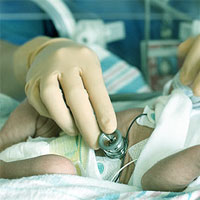
Five-Year Survival and Causes of Death in Children After Intensive Care
There was an increased risk of death in a cohort of ICU-admitted children even 3 years after discharge. In those who survived 30 days after discharge, medical causes of death were dominant, whereas deaths due to trauma were... read more

Pediatric Patient and Family Perspective on Pediatric ICU Experience & Survivorship
In this video a 7-year old who spent 662 days in the PICU after a severe burn injury requiring ECMO sits down with her parents to detail their journey with critical illness and recovery during the 6th Annual Johns Hopkins... read more
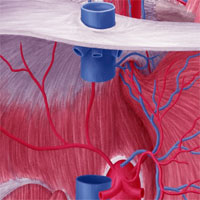
Does Respiratory Variation Of Inferior Vena Cava Diameter Predict Fluid Responsiveness In Spontaneously Ventilating Children With Sepsis
IVC collapsibility has poor test characteristics for predicting fluid responsiveness in spontaneously ventilating children with sepsis. Thirty-nine fluid boluses were recorded in 33 children, 28/39 (72%) of which met criteria... read more
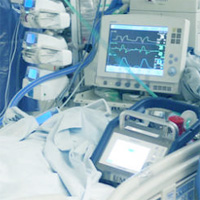
Hyperoxia and Hypocapnia During Pediatric ECMO
Hyperoxia is common during pediatric extracorporeal membrane oxygenation (ECMO) and associated with mortality. Hypocapnia appears to occur less often and although associated with complications, an association with mortality... read more

Pediatric Sepsis Endotypes Among Adults With Sepsis
Recent transcriptomic studies describe two subgroups of adults with sepsis differentiated by a sepsis response signature. The implied biology and related clinical associations are comparable with recently reported pediatric... read more
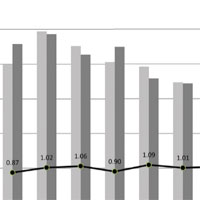
Factors Associated With Bed Utilization and Development of a Benchmarking Model
ICU length of stay (LOS) is an important measure of resource use and economic performance. Our primary aims were to characterize the utilization of PICU beds and to develop a new model for PICU length of stay. PICU bed utilization... read more

Near-Infrared Cerebral Oximetry to Predict Outcome After Pediatric Cardiac Surgery
Increased SD of a smoothed cerebral tissue oxygen saturation signal and increased depth and duration of desaturation below the 50% saturation threshold were associated with longer PICU and hospital stays and with longer duration... read more

Clinical Impact of External Laryngeal Manipulation During Laryngoscopy on Tracheal Intubation Success in Critically Ill Children
External laryngeal manipulation during direct laryngoscopy was associated with lower initial tracheal intubation attempt success in critically ill children, even after adjusting for underlying differences in patient factors... read more

Distributions and Behavior of Vital Signs in Critically Ill Children by Admission Diagnosis
This is the first study reporting distributions of continuously measured physiologic variables and trends in their behavior according to admission diagnosis in critically ill children. Differences detected between and within... read more

Conceptualizing Post Intensive Care Syndrome in Children
Post Intensive Care Syndrome in pediatrics (PICS-p) will help illuminate the phenomena of surviving childhood critical illness and guide outcomes measurement in the field. Empirical studies are now required to validate and... read more
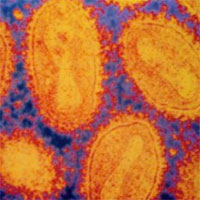
Cognitive Development One Year After Infantile Critical Pertussis
Infants who survive critical pertussis often have neurodevelopmental deficits. These infants may benefit from routine neurodevelopmental screening. Of 196 eligible patients, 111 (57%) completed the Mullen Scales of Early... read more




